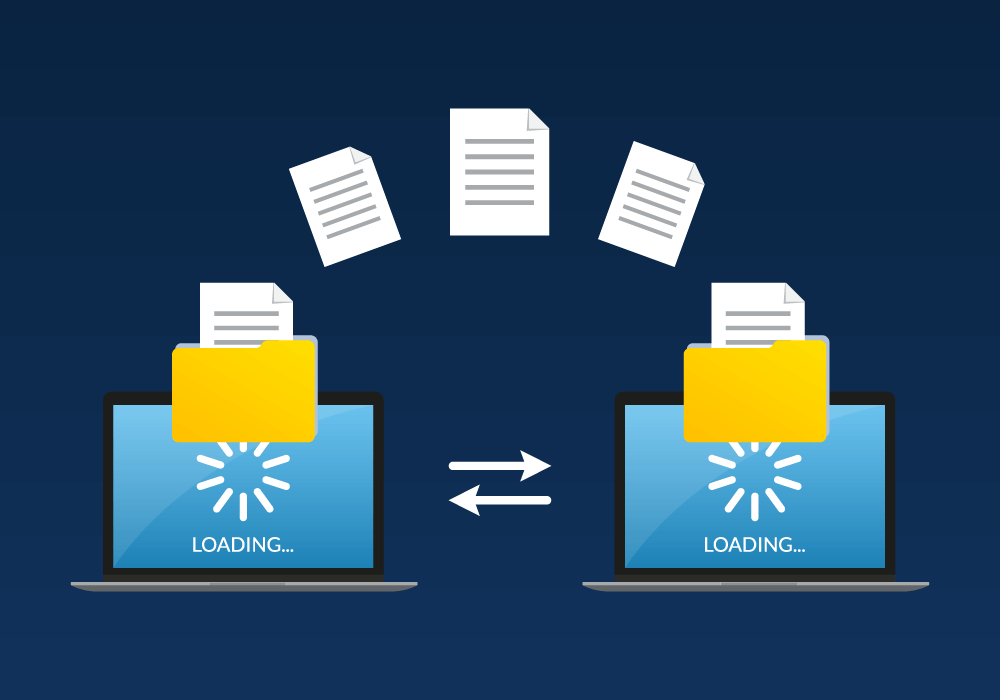Across the country, more and more courts have increasingly implemented eFiling as a legal practice. For some, it’s a well-established process – federal Courts have required eFiling since the mid-1990s. At the state and county level, adoption has grown significantly in recent years.
However, the legal landscape will be significantly impacted by COVID-19 – it’s likely that even more courts will move towards eFiling as a result of social distancing requirements necessary to ensure community health and safety. In New Jersey, for example, the judiciary has now expanded its electronic filing system to help prevent backlogs and facilitate court progress during the pandemic. The Judiciary Electronic Document Submission (JEDS) system allows attorneys and self-representing parties to submit filings electronically in most areas of Family, Special Civil, and General Equity courts.
With this in mind, it’s important that legal professionals are fluent in the language of eFiling. Here are the top ten terms to know – and why you need to know them.
The E-Filing Process: An Overview
What is e-filing in the first place? Simply put, it’s sending documents to a court’s computer system via a secure file transfer. If you’re undertaking legal action, filing into an ongoing matter, or reopening a previously closed case in a jurisdiction that either allows or requires parties to electronically submit documents or pleadings.
To e-file, you’ll need to make sure you have all the necessary documents converted into the required document type – most often a PDF – and that you have access to all the necessary websites.
Depending on your jurisdiction and the type of court, lawyers and paralegals, companies, and private individuals can use eFiling. However, if you or your firm are just starting out, it might be helpful to reach out to a legal support firm or process server with experience in e-filing to make sure you’re meeting the court’s standards.
Note: some state courts only allow lawyers or county clerks to e-file and you might need to register with the court to complete the process.
Terms to Know
Dots per inch (DPI
DPI refer to the quality of a scanned image or document. This term comes from the printing industry and refers to how many printer dots are in a square printed inch. Courts usually require a minimum of 300dpi for a printed document to be readable.
Electronic Filing Service Provider (EFSP)
The EFSP is how you upload and deliver documents to a court’s computer system using a secure file transfer. This online service serves as the go-between for you and the court system.
Electronic Filing Manager (EFM)
An EFM is the software used on the court’s side to intake and process documents for courthouse clerks to access. Once your filing has been accepted, your documents are put into the Case Management System (CMS) – another term that’s good to know – and become a permanent part of the court record.
Envelope
An envelope contains all filings being submitted together for a case. Once submitted, your envelope will be automatically assigned a number.
Filing party
Filing party refers to the individual(s) who bring or respond to a lawsuit in court. You may also see reference to “Party type.” “Party type” is the role of each party in the case – i.e., defendant, plaintiff, etc.
Filing queue status
Indicates where your e-filing is in the process. Terms may vary by software, but may include “Draft,” “Submitted,” “Under review,” “Accepted,” “Rejected.”
Lead document
A lead document is any document you need the court to look at. When received by the court, a lead document will include its own timestamp. If lead documents are combined into one single document, the e-filing may be rejected. You can file more than one lead document for a case, but they shouldn’t be combined into one PDF. However, lead documents can include attachments as reference.
Notice of Electronic Filing (NEF)
Notice of Electronic Filing is the notice generated when a document is submitted and transmitted through an e-filing system. This system generates the time of transmission, name of court, party transmitting document, document title and type, and the name of the recipient. An NEF is automatically delivered to the individual who submits the documents.
Optical Character Recognition (OCR)
Optical Character Recognition (OCR) enables the conversion of scanned documents to be editable and searchable data. The use of OCR in submitted documents may cause the submission to fail. The best practice is to not apply OCR to documents submitted in eFS.
Reference number
An internal reference number the eFiler gives a filing
E-Filing is an essential skill for all legal professionals. Although learning the processes and terminology may take a bit of practice, you’ll soon know the procedure like the back of your hand. To learn more about how the courts you work with handle e-filing, visit the websites for the United States Courts, the National Center for State Courts or your local district court for more information.

